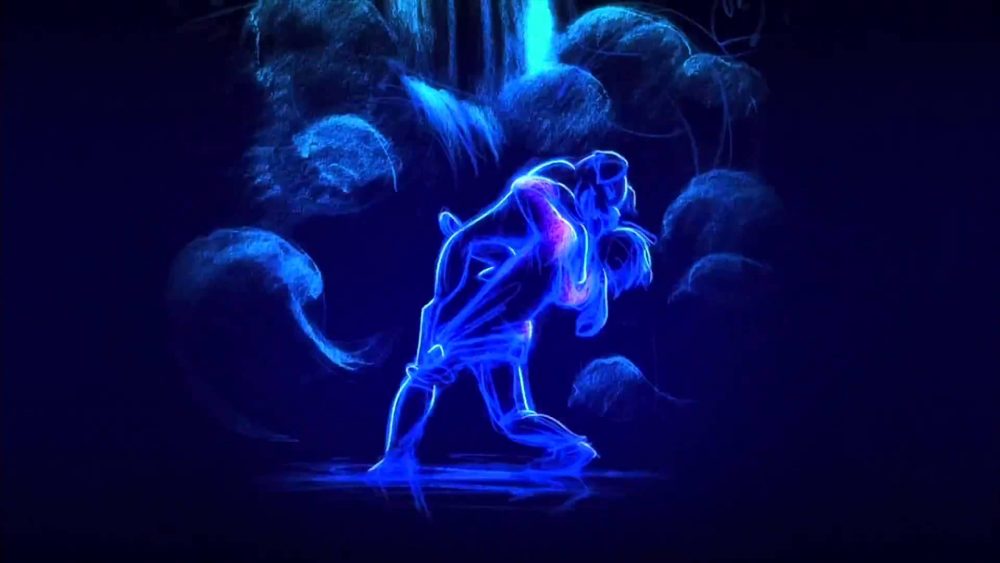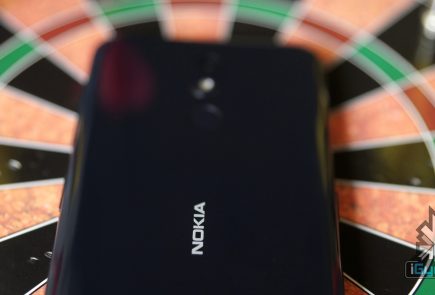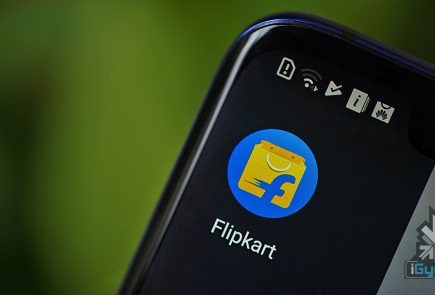Motorola Spotlight is How Google Revolutionised Art and Technology

Back in 2013, Motorola and Google together came out with Spotlight Stories – a interactive medium to tell stories which puts users inside an animated featurette. The user would have to turn and tilt their phone in all directions and angles to let the story unfold, and follow the character on its journey.
The first Spotlight Story was Windy Day in October, 2013, followed by Buggy Night in 2014, for Moto X phones.
Google got on-board the most talented and brilliant team for the first two installments of Spotlight. The director for the films was Jan Pinkava, creator and co-director of Ratatouille, and veteran animator Mark Oftedal -the animator of films like Toy Story and A Bug’s Life.
The third Spotlight Story, Duet, which came out in 2014, completely outdid the previous Stories as French animator Glen Keane provided the most breathtaking film so far.
With these three films Google had revolutionised story-telling and art by fusing it with technology. Mobile graphics processors now not only rivaled the capabilities of video game consoles such as that of PS3 and Xbox 360, but also put the tech to a very interactive use for the average smartphone owner. Gone were the days of the primitive world of Candy Crush and Angry Birds.
Don’t believe us? Take a look at the Glen Keane film below.
“…with Duet we learned to coax rather than control. Because of the nature of this virtual world technology there were no individual shots cut together. It is all one continuous living moment. I think of it less as a traditional film and more as a visual poem,” explains Keane.
The Story can be viewed in its interactive form on the Moto X, Moto X (1st Gen.), Moto G (2nd Gen.) and Moto G 4G LTE. Take a quick look at what it’s like to follow a Spotlight Story.
The interactive element of the Stories makes sure they last for as long as the user desires. The amount of time they want to spend exploring the world of Spotlight Stories directly determines how long the film will run for. The more the camera is moved, the longer the story will last. Thus, there is not only an element of physicality, but also direct involvement on the part of the viewer, who is now also the story-teller.
This mobile-specific story-telling experience however did not go down too well with all users. The internet saw its own set of frantic questions about disabling Spotlight Stories. But there will always be haters now, isn’t it?























